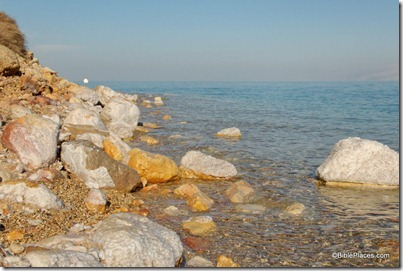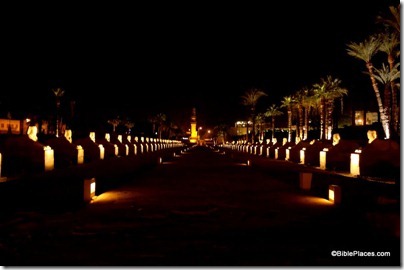From Haaretz:
Drilling is to begin Wednesday half a kilometer into the bed of the Dead Sea to study hundreds of thousands of years of geological history, in the largest-scale scientific drilling ever carried out in Israel.
The material to be extracted will form a column only a few centimeters thick – but 500 meters long. Through it, scientists will be able to document the climate in the region to a precision level of within a few years, and learn about the earthquakes that shaped the landscape during this time.
The sponsor of the project, the International Continental Drilling Program, is a consortium of several countries that conducts two scientific drillings a year, and finally chose the Dead Sea area after repeated requests over recent years. Locally, the project is being supported by the Israel Academy of Sciences and Humanities, and the Tamar Regional Council.
The drilling, which is expected to cost approximately $2.5 million, is a regional project, implemented jointly with Jordan and the Palestinian Authority, as well as with Germany, Switzerland, Norway, Japan and the United States.
The full story is here.



